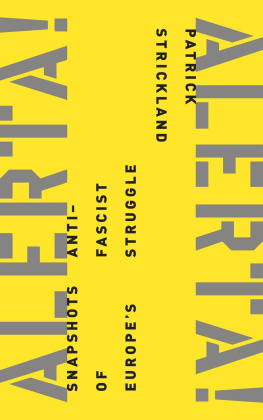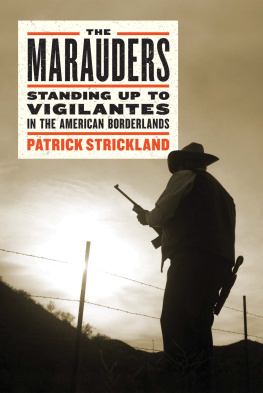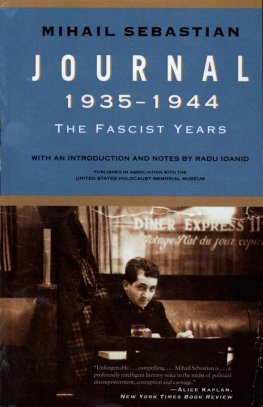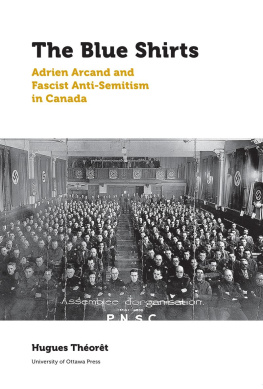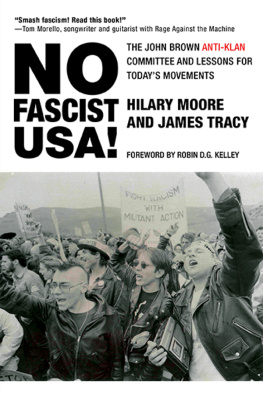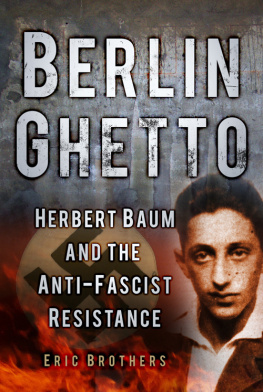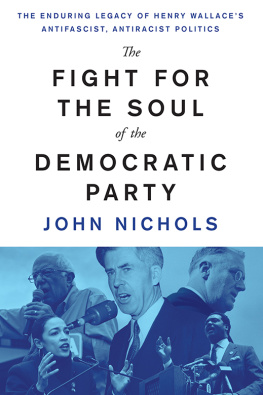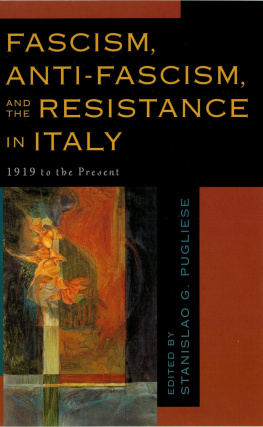croatia
writing and rewriting history in croatia
Sitting in a friends ninth-story flat in Novi Zagreb, a neighborhood in the Croatian capital, thirty-five-year-old Lovro Krni dropped a stack of Antifa stickers on the cluttered coffee table in front of him. An IT employee by trade, Krni has become an influential figure in Croatias contemporary anti-fascist movement in recent years, taking to his website, Anti-Fascist Courier (Antifaistiki Vjesnik), to expose far-right conspiracy theories and out neofascist historical revisionism.
Rolling a filterless cigarette, Krni explained that he and his colleagues launched the Anti-Fascist Courier as a Facebook page in 2014 to commemorate the upcoming seventieth anniversary of Zagrebs liberation from fascism. We started with writing small stories about the [Partisan] resistance in Zagreb, he said, referring to the largely communist rebellion that led to the overthrow of the Ustae regime during the Second World War. Then we eventually founded this site to make it a more serious operation.
The Couriers reputation as a prominent anti-fascist force in Croatia was solidified by its dogged efforts to expose and debunk the historical revisionism prominent on Croatias far-right, which had found an eager ear in the corridors of power in recent years. After years and years of lies, people start to think thats it, this is just history, he said, explaining that conspiracy theories about the countrys role in the Holocaust and the number of Partisans slaughtered by fascists during the war, among others, were growing increasingly popular at the time.
Raised in ibenik, located in the countrys central Dalmatia region, Krni, who comes from a mixed Croat-Serb family, began to grow interested in the legacy of anti-fascism in Croatia and the former Yugoslavia more than a decade ago, when he visited an anti-fascist monument that had been destroyed in the Yugoslav wars of the 1990s. Aware that several of his ancestors names were on the monument, he decided to place flowers at the base of the still-standingbut badly damagedplaque at the foot of where the monument used to stand. Everybody was afraid to do that, he recalled, explaining that the intense nationalism that gripped the country in the wake of the 1990s war had resulted in widespread fear of openly celebrating the Partisans legacy. Some of my family members were even afraid for my life.
His grandmother, who is of Orthodox and Serb ancestry, issued several warnings to Krni, recalling the threats she endured during the Croatian-Yugoslav war, when anti-Serb militias and the Croatian army took control of their hometown in September 1991. Many older people, and people who love me, were afraid for my life, he recollected. People told my grandmother [during the war] that Ustae [the Second World Warera fascists in Croatia] is now in power.
My grandfathers name and that of several other distant relatives are on the plaque, he explained. There are bullet holes on it, but you can still see the names.
That experience started a process in Krni, one that made him devote himself to anti-fascism.
Threats and Historical Revisionism
Krnis work at the Courier brought threats of violence. In 2017, when activists protested proposals to reinstate mandatory military conscription, he noticed that right-wing counterprotesterssniper veterans from the 1990s warhad worn insignia bearing German Nazi markings from the Schutzstaffel paramilitary (also known as the SS). After spotting the symbol while pouring through photos from the protest and counterdemonstration, Krni researched the origins of the SS insignia and published an article at the Courier detailing its history. Threats immediately poured into the pages Facebook inbox and were posted as comments under the link to the article. They were openly threatening us on Facebook, he said. Its pretty frightening to get threats from snipers.
In 2016, Croatian filmmaker Jakov Sedlar premiered JasenovacThe Truth , a documentary film premised on hoax theories about the role of the Ustae in the genocide of the Holocaust. Although most scholars agree that upwards of eighty-two thousand Serbs, Jews, Roma, and anti-fascists were murdered in Jasenovac, the countrys largest extermination camp, between 1941 and 1945, Sedlars film argued that the true death toll never exceeded eighteen thousand. Further, Sedlar claimed that the Yugoslav communist government, under the leadership of Josip Broz Tito, continued to operate the camp after the wars conclusion and that most of the murders took place under communist oversight. The director offered shots of newspaper front pages and supposedly official documents to support the documentarys claims. The film concluded with a narrator deeming the Partisan resistance liberal fascists.
Krni set out to debunk the conspiracies. He went to the national library and obtained the newspaper editions by matching the publication and date to those presented in the documentary. He dredged through official documents. What he found and later published on the Courier was a simple case of eighteen blatant falsehoods, many of them achieved through photoshopping newspaper headlines. Theyre always trying to fake history and demonize the Partisan movement in Croatia, and the numbers of victims of fascism, which every day are getting smaller, Krni said. Nobody is fighting this. It was hard work. I had to find rare images and documents and the discrepancies [from what was presented in the film], he added. They were totally photoshopped, with different headlines on the newspapers. I was looking at headlines and noticing different fonts, so I had been suspicious. I was looking and seeing new Arial fonts on newspapers from World War Two.
JasenovacThe Truth was just one development in a broader process of historical revisionism that has continually grown in recent years. In January 2016, the Croatian parliament voted to reintroduce its support for officially commemorating the killings of Ustae fighters and civilians who accompanied them when they surrendered to British forces in Bleiburg, Austria, on May 15, 1945. They were transferred to the control of the Yugoslav Partisans, and an unknown numbersome estimates put it at thirty thousandwere killed. When the vote was made in 2016, it came just four years after the parliamentary presidency revoked its support for the commemoration.
Former White Nationalist Turned Antifascist
Antonio, a twenty-one-year-old who asked me not to use his surname for his familys safety, stood behind the bar at the left-wing pub where he worked in Zagreb. With a shaved head and a soft-spoken manner, he recalled his arduous transformation from a white nationalist to an anti-fascist.
When he was fifteen years old, Antonio joined a ragtag band of white nationalists in Split, the Dalmatian city on the Adriatic coast. Influenced by the far-right movements within the Oi! music scene and widespread among soccer hooligans, he followed his brothers footsteps and found himself regularly attending white nationalist demonstrations and meet-ups. Full of resentment due to the governments failure to provide his family with welfare they were entitled to after his fathers service in the Croatian army during the 1990s Yugoslav war, his brother had fallen under the sway of white nationalists, adorned himself with a swastika tattoo, and became involved in one of the first racist skinhead groups in the city. It all comes from some sort of anger about the country not being great, Antonio said. That was our opinion. We were just angry, and we blamed Roma for taking our jobs and such shit. It wasnt really ever happening. We also blamed Albanians, so they were among our primary targets. There were like five Chinese people working in a shop in Split, and they were our main target to crush.

